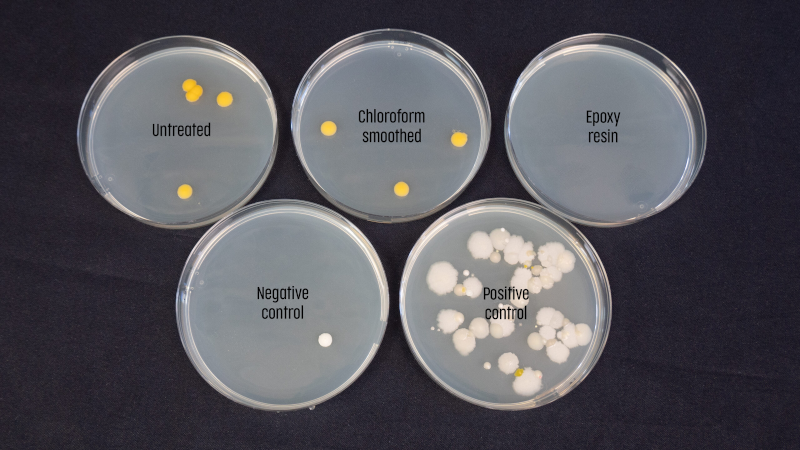One thing that always provokes spirited debate around the Hackaday bunker is just how dangerous is it to use 3D printed plastic in contact with food. We mostly agree it isn’t a good thing, but we also know some people do it regularly and they don’t drop dead instantly, either. [Jakub] decided to do some testing and make some recommendations. There’s even a video explaining the results.
Unlike a lot of what we’ve read about this topic in the past, [Jakub’s] post is well-researched and does actual testing including growing bacteria cultures from cups used for milk. He starts out identifying the EU and US regulations about what you can call food-grade. There’s also recognition that while a base plastic might be safe for contact with food, there’s no way to know exactly what additives and other things are in the plastic to change its properties and color.
The chemical makeup of the plastic is just one aspect of food safety. Another important aspect is the ability for harmful pathogens to lodge in the little voids and layers of the printed object. There are also the materials used in the printer. It is possible that safe plastic can be made unsafe in a dirty hot end or by contact with something noxious in the printer.
The gaps problem led [Jakub] to an inescapable conclusion: no matter what you print with, you’ll need to coat your prints to make them actually food safe. However, the coatings are not good for things like chopping boards or things you’ll expose to heat including microwaved food or hot dishwashers. If you think SLA resin might be better, he discusses the problems with that, too.
We’ve seen plenty of prints that touch consumables, even if they might not be totally safe. We’ve even debated the safety, but we didn’t grow any cultures.















I absolutely do not trust SLA resins to be food safe or biocompatible (apart from ridiculously expensive dental resins).
Nice to see some research on this line. Never thought FDM was a good fit for the same reasons listed above, all those flaws to hold crud in. Be interesting to see if this goes further, with SLA or SLS type printers and their much better surface finish in the right material. It would make it a better candidate long term, though long term testing for durability and consistent food safety, tricky, and kind of tedious as its going to take significant time to test…
I’ve always thought the best method for ‘printing’ food safe was not to – use lost PLA or printed master metal casting, can give the finished parts any level of surface finishing you might desire, pick any of food safe metals and give it a smooth finish its as safe as… Not to mention more durable than any 3d print… Not yet actually built/bought a foundry myself, its on my very long list of things it would be really cool and useful to have, so one day I hope to try it out myself.
Buy a foundry?
I built a couple of the designs from the King of Random Youtube channel over the summer. It was surprisingly easy and very satisfying.
Indeed, I’d almost certainly build. But to build takes time. Quite a bit of it, where buying only costs money and not a huge amount more of it…
Leaded gasoline didn’t cause people to drop dead either. Neither did using x-rays to fit your shoes or asbestos install or removal techniques. Still didn’t mean they were good ideas.
True!
No one dropped dead.
They died much later, once the damage presented, with or without a period of degraded “living”/existing, typically medicated against the agony, over days, weeks or months, …
That and the birth defects.
But who’s counting.
For some kinds of objects, forming thin stainless steel using 3D printed molds might a good option ( https://hackaday.com/2020/03/10/forming-sheet-metal-parts-with-3d-printed-dies/ ) to make them foodsafe.
3D printing is good for rapid prototyping, not for manufacturing products for the end user. There are better manufacturing techniques that might cost more for small production runs but are unavoidable if you want a consumer ready product. This is infinitely more true when it comes to products that hold food and medicine. Do not gamble with the health/life of your customers just to increase profits. Leave that to the big corporations that can handle the lawsuits.
Build a paste extruder and a kiln. Print in clay. Paint with glaze. Problem solved.
Just don’t use the radioactive glaze.